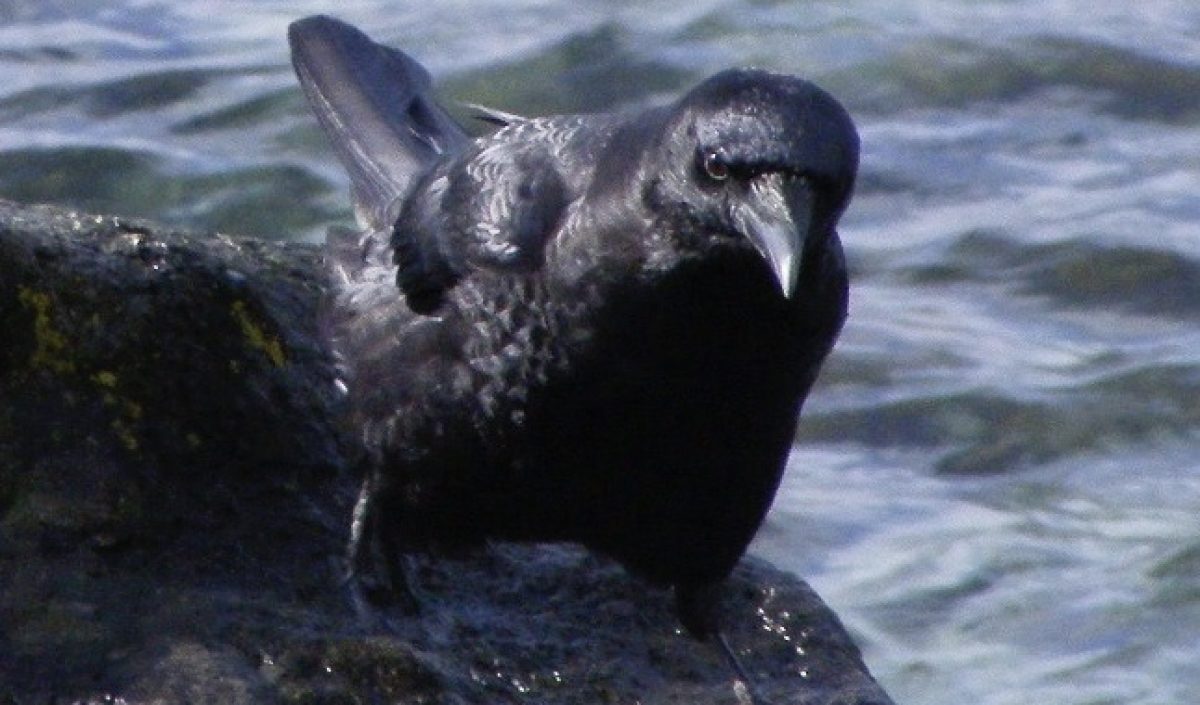http://well.blogs.nytimes.com/2012/02/06
/how-massage-heals-sore-muscles/?pagewan
ted=print
February 6, 2012
By NICHOLAS BAKALAR
A massage after vigorous exercise unquestionably feels good, and it seems to reduce pain and help muscles recover. Many people — both athletes and health professionals – have long contended it eases inflammation, improves blood flow and reduces muscle tightness. But until now no one has understood why massage has this apparently beneficial effect.
Now researchers have found what happens to muscles when a masseur goes to work on them.
Their experiment required having people exercise to exhaustion and undergo five incisions in their legs in order to obtain muscle tissue for analysis. Despite the hurdles, the scientists still managed to find 11 brave young male volunteers. The study was published in the Feb. 1 issue of Science Translational Medicine.
On a first visit, they biopsied one leg of each subject at rest. At a second session, they had them vigorously exercise on a stationary bicycle for more than an hour until they could go no further. Then they massaged one thigh of each subject for 10 minutes, leaving the other to recover on its own. Immediately after the massage, they biopsied the thigh muscle in each leg again. After allowing another two-and-a-half hours of rest, they did a third biopsy to track the process of muscle injury and repair.
Vigorous exercise causes tiny tears in muscle fibers, leading to an immune reaction — inflammation — as the body gets to work repairing the injured cells. So the researchers screened the tissue from the massaged and unmassaged legs to compare their repair processes, and find out what difference massage would make.
They found that massage reduced the production of compounds called cytokines, which play a critical role in inflammation. Massage also stimulated mitochondria, the tiny powerhouses inside cells that convert glucose into the energy essential for cell function and repair. “The bottom line is that there appears to be a suppression of pathways in inflammation and an increase in mitochondrial biogenesis,” helping the muscle adapt to the demands of increased exercise, said the senior author, Dr. Mark A. Tarnopolsky.
Dr. Tarnopolsky, a professor of pediatrics and medicine at McMaster University in Hamilton, Ontario, said that massage works quite differently from Nsaids and other anti-inflammatory drugs, which reduce inflammation and pain but may actually retard healing. Many people, for instance, pop an aspirin or Aleve at the first sign of muscle soreness. “There’s some theoretical concern that there is a maladaptive response in the long run if you’re constantly suppressing inflammation with drugs,” he said. “With massage, you can have your cake and eat it too—massage can suppress inflammation and actually enhance cell recovery.”
~~continued at link above
